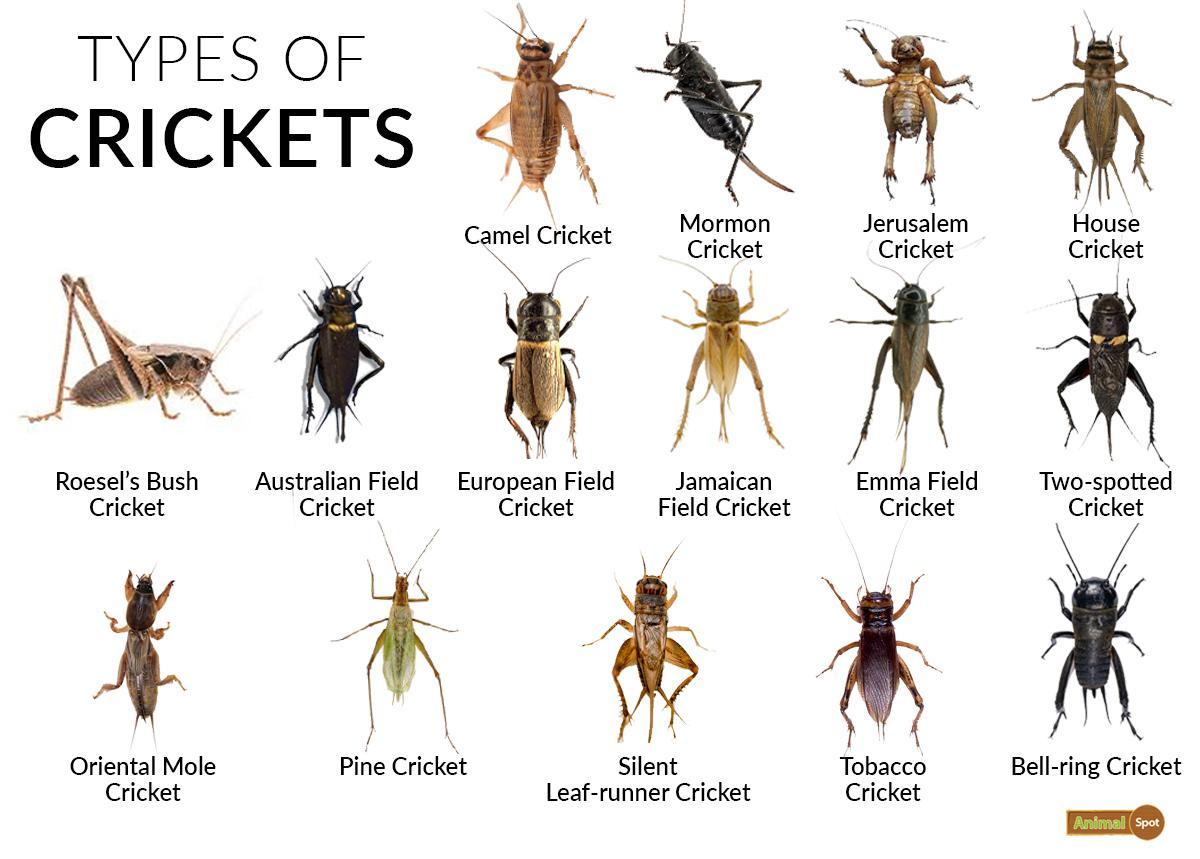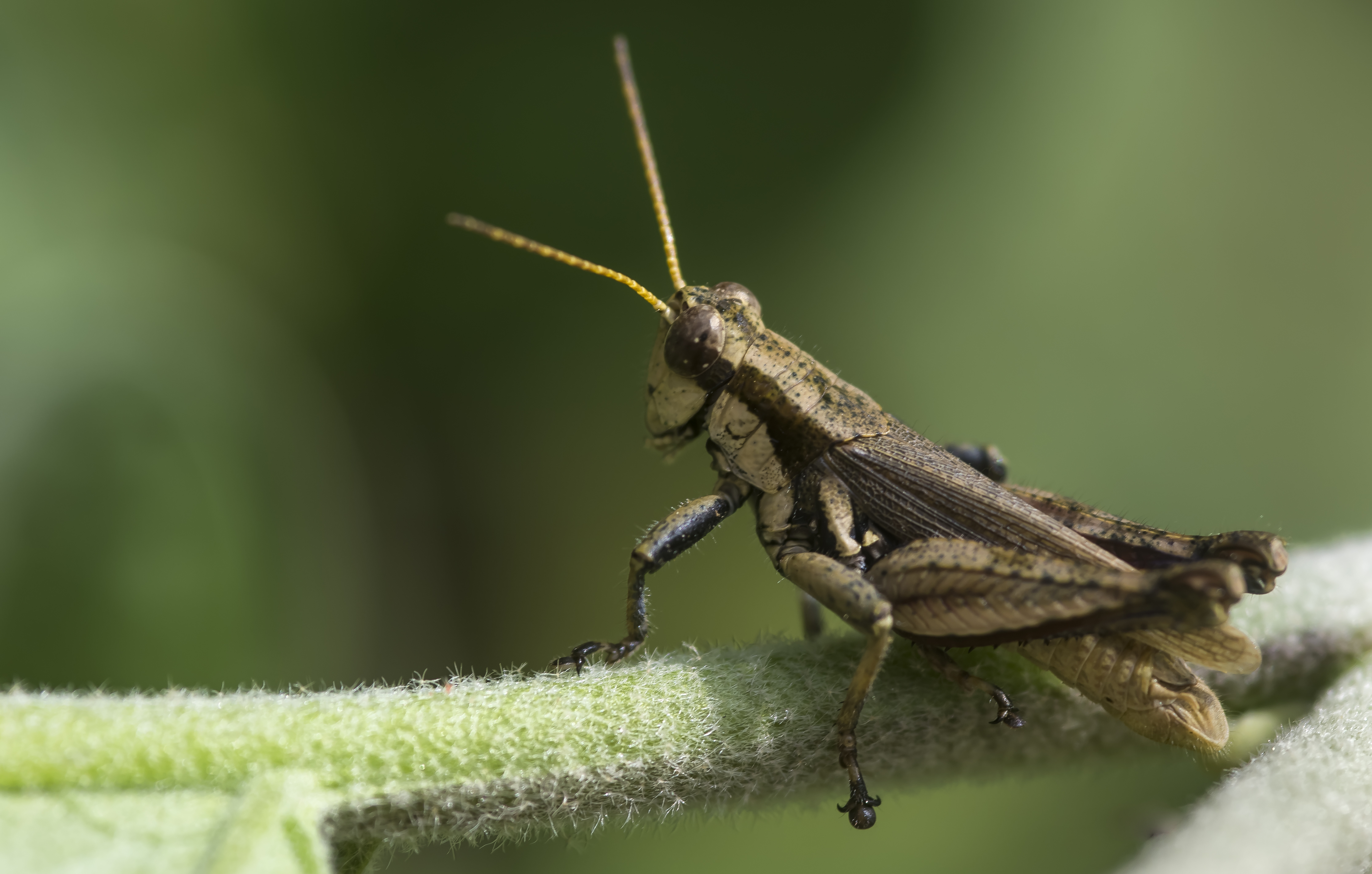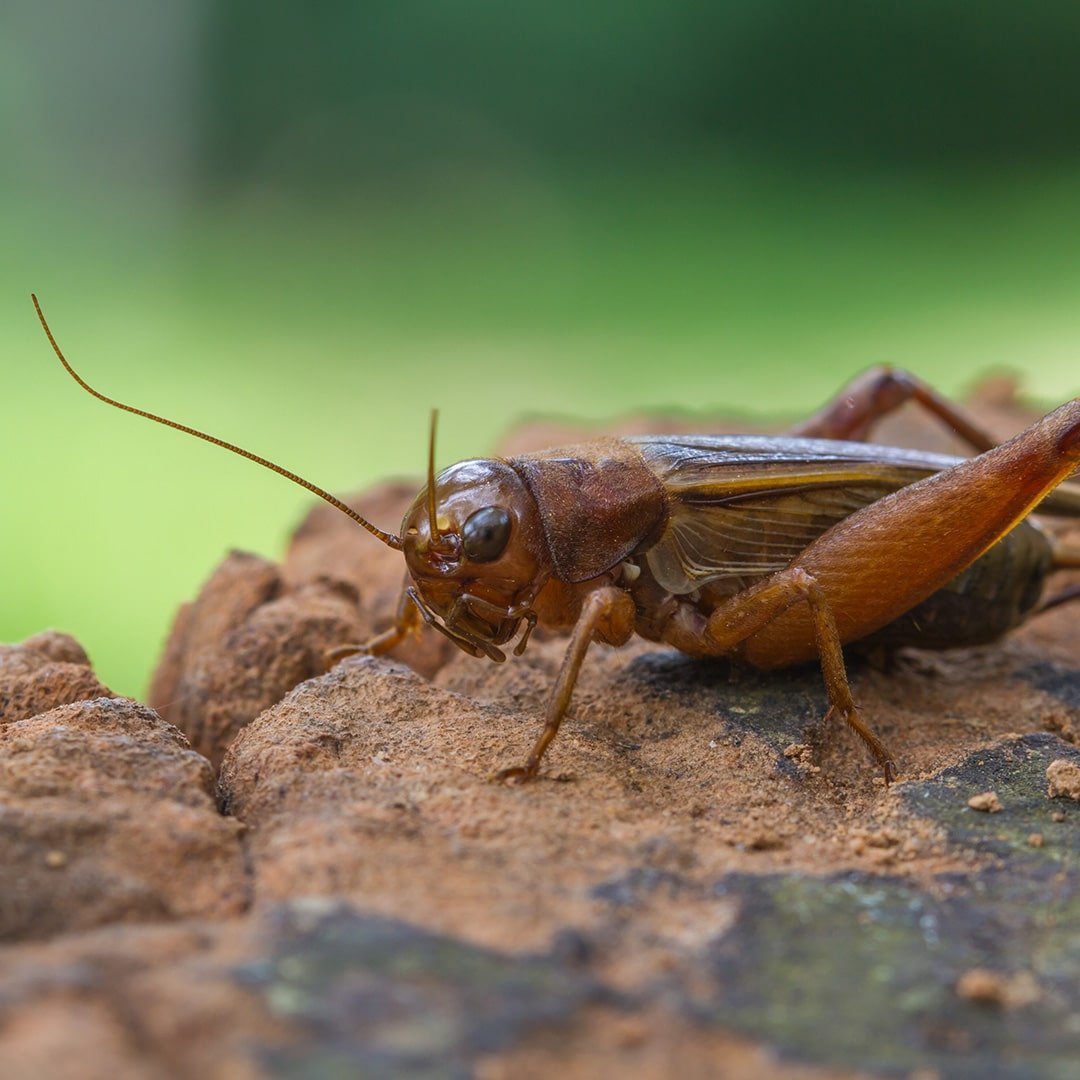Crickets live for an average of six to eight weeks. Their lifespan depends on environmental factors.
Crickets are fascinating insects that play essential roles within their ecosystems. They are known for their distinctive chirping sounds, which serve various purposes such as attracting mates or establishing territory. Crickets are also an important food source for other animals like birds and reptiles.
In addition to their ecological significance, crickets are also commonly used as bait in fishing and as food for pets such as reptiles and amphibians. Understanding the lifespan and habits of crickets can provide valuable insights into the natural world and enhance our appreciation for these small but impactful creatures.

Credit: www.animalspot.net
Life Cycle Of Crickets
Crickets have a relatively short lifespan, typically living for about 8 to 10 weeks. However, some species, such as the field cricket, can live up to a year in ideal conditions.
Life Cycle of Crickets Crickets, like many insects, go through various stages in their life cycle. Understanding the different stages of a cricket’s life can provide insight into their behavior and habits. Let’s explore the three main stages of a cricket’s life cycle: the Egg Stage, Nymph Stage, and Adult Stage.
Egg Stage
When adult female crickets lay their eggs, they typically deposit them in damp soil or other suitable environments. The eggs are typically cylindrical and vary in size, depending on the species of cricket. These eggs take approximately 14 days to hatch, although this may vary depending on environmental conditions.
Nymph Stage
After hatching, the young crickets, known as nymphs, emerge from the eggs. Nymphs look like miniature versions of adult crickets, but they lack wings. During this stage, the nymphs undergo a series of molts, shedding their exoskeletons as they grow. This process can happen several times before they reach adulthood.
Adult Stage
As the nymphs continue to grow and develop, they eventually reach the adult stage. Adult crickets have fully developed wings and reproductive organs. The lifespan of an adult cricket varies, generally ranging from a few weeks to a few months. Understanding the life cycle of crickets plays a crucial role in pest control, pet care, and ecological studies. By gaining insight into their development and behaviors, we can better appreciate the valuable role crickets play in the natural world.

Credit: a-z-animals.com
Factors Influencing Cricket Lifespan
One of the crucial factors influencing the lifespan of crickets is the availability of food and water. The temperature and humidity levels also play a significant role in determining the longevity of crickets. A suitable environment is essential for their survival and can impact how long crickets live.
Cricket lifespan can vary based on species, environmental conditions, predators, and diseases.
Species
Different cricket species have varying lifespans, with some living only a few weeks.
Environmental Conditions
Crickets thrive in warm, humid environments; optimal conditions can extend their life.
Predators And Diseases
Predators such as birds and reptiles, and diseases, can cut short a cricket’s life. Cricket lifespan depends on the species, environment, and threats like predators and diseases. Different species have varying lifespans, influenced by environmental conditions like warmth and humidity. However, predators and diseases can shorten a cricket’s life.
Average Lifespan Of Crickets
Curious about how long crickets actually live? Let’s dive into the average lifespan of these fascinating insects.
Different Cricket Species
There are various cricket species, each with its unique lifespan, ranging from 1 to 2 years for most common species.
Variation By Gender
Male crickets typically have a shorter lifespan compared to females, living up to 90 days while females can live up to 100 days.

Credit: sciencing.com
Crickets As Pets
Considering crickets as pets has become increasingly popular among enthusiasts. These chirping creatures not only add a touch of nature to your home but also make for an interesting and low-maintenance pet. In this article, we’ll explore suitable cricket species, caring for crickets, and their lifespan to help you decide if these insects would make the perfect addition to your household.
Suitable Cricket Species
Some of the most popular cricket species kept as pets include Acheta domesticus (house cricket), Gryllodes sigillatus (tropical house cricket), and Gryllus assimilis (silent or field cricket). These species are widely available, relatively easy to care for, and suitable for beginners.
Caring For Crickets
Proper care is crucial for the well-being of pet crickets. Maintaining the right temperature (between 75-85°F) and providing a well-ventilated enclosure with adequate standing water and a protein-rich diet are essential to their health. It’s important to avoid overfeeding and to regularly clean their habitat to prevent mold and bacteria growth.
Role Of Crickets In The Ecosystem
When we think about the creatures that play a vital role in our ecosystem, crickets might not be the first thing that comes to mind. However, these small insects actually have a significant impact on their surroundings. From being a crucial food source for many animals to actively participating in the decomposition process, crickets are an essential part of the natural balance.
Food Source
Crickets serve as a nutritious food source for a wide range of animals, including birds, reptiles, amphibians, and mammals. Their high protein content and relatively large size make them an ideal meal for predators. In fact, crickets are often bred as food in captivity for pets like lizards and birds.
Additionally, crickets contribute to the food chain by consuming decomposing organic matter. They feast on fallen leaves, decaying plant material, and dead insects, helping to break them down into smaller pieces. This process of decomposition facilitates nutrient recycling and helps maintain a healthy ecosystem.
Ecological Impact
The ecological impact of crickets goes beyond being a simple food source. These insects play a crucial role in plant pollination. While they may not be as effective as bees or butterflies, crickets transfer pollen from one flower to another as they move in search of food.
Furthermore, crickets serve as nature’s very own janitors by aiding in the decomposition process. Their constant feeding and digestion of organic matter contributes to the breakdown of complex substances into simpler ones, ultimately enriching the soil. This process is essential for nutrient cycling and maintaining the overall health of ecosystems.
In addition to their role in decomposition, crickets also participate in seed dispersal. As they feed on plants, they unknowingly transport seeds and help in their dispersal across different areas, contributing to the natural regeneration of plant populations.
In conclusion, crickets may be small in size, but their impact on the ecosystem is immense. From being a valuable food source to facilitating decomposition and aiding in plant pollination and seed dispersal, these humble insects play a vital role in maintaining the delicate balance of nature.
Frequently Asked Questions For How Long Do Crickets Live?
How Long Do Crickets Live?
Crickets typically live for about 8 to 10 weeks, but this lifespan can vary based on factors like temperature, diet, and species. In warmer conditions, crickets may have shorter lifespans, while cooler temperatures can prolong their lives. Providing a nutritious diet and optimal living conditions can help extend their lifespan.
What Do Crickets Eat?
Crickets are omnivorous creatures and have a varied diet. In the wild, they feed on plants, fruits, vegetables, and even small insects. If kept as pets or for breeding purposes, they can be fed a balanced diet of commercial cricket food, fresh fruits, vegetables, and even powdered calcium for optimal nutrition.
Do Crickets Make Noise?
Yes, male crickets are known for their chirping, which is primarily used as a mating call. They produce the sound using their wings, rubbing them together in a process called stridulation. This sound is often louder at night because the absence of other noises allows the cricket’s chirping to be more easily heard.
How Do Crickets Communicate?
Crickets communicate using various methods, including sound, vibrations, and pheromones. They produce sound by rubbing their wings together, with different sounds having different meanings. Vibrations are used for close-range communication, while pheromones are scent signals that crickets release to attract mates or deter predators.
Conclusion
Understanding the lifespan of crickets is essential for maintaining a healthy ecosystem. By knowing how long crickets live, we can appreciate their role in nature. Whether for pet-keeping or pest control, this knowledge allows for better care and management. Keep this information in mind for a harmonious coexistence with crickets.
